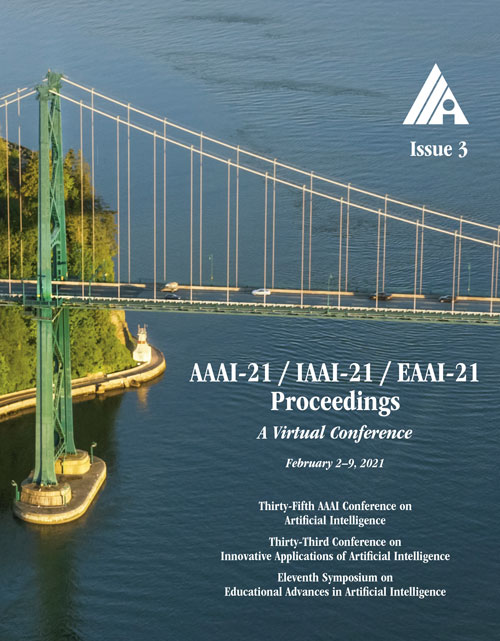Social-DPF: Socially Acceptable Distribution Prediction of Futures
DOI:
https://doi.org/10.1609/aaai.v35i3.16357Keywords:
Motion & Tracking, Vision for Robotics & Autonomous Driving, Applications, Multi-modal VisionAbstract
We consider long-term path forecasting problems in crowds, where future sequence trajectories are generated given a short observation. Recent methods for this problem have focused on modeling social interactions and predicting multi-modal futures. However, it is not easy for machines to successfully consider social interactions, such as avoiding collisions while considering the uncertainty of futures under a highly interactive and dynamic scenario. In this paper, we propose a model that incorporates multiple interacting motion sequences jointly and predicts multi-modal socially acceptable distributions of futures. Specifically, we introduce a new aggregation mechanism for social interactions, which selectively models long-term inter-related dynamics between movements in a shared environment through a message passing mechanism. Moreover, we propose a loss function that not only accesses how accurate the estimated distributions of the futures are but also considers collision avoidance. We further utilize mixture density functions to describe the trajectories and learn the multi-modality of future paths. Extensive experiments over several trajectory prediction benchmarks demonstrate that our method is able to forecast socially acceptable distributions in complex scenarios.Downloads
Published
2021-05-18
How to Cite
Shi, X., Shao, X., Wu, G., Zhang, H., Guo, Z., Jiang, R., & Shibasaki, R. (2021). Social-DPF: Socially Acceptable Distribution Prediction of Futures. Proceedings of the AAAI Conference on Artificial Intelligence, 35(3), 2550-2557. https://doi.org/10.1609/aaai.v35i3.16357
Issue
Section
AAAI Technical Track on Computer Vision II

